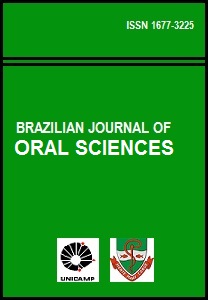Abstract
Aim: This study was developed to compare the morphological, proliferative and immunophenotypic profiles of pulp cells from permanent and primary teeth, obtained by two isolation methods. Methods: Normal human impacted third molars and exfoliated primary teeth were collected and cut around the cementoenamel junction. Pulp cells cultures were established by two approaches: enzyme digestion (3 mg/mL type I colagenase and 4 mg/mL dispase), or culture of the tissue explants in cell culture dishes. Morphological and proliferative analyses, as well as immunophenotype characterization with monoclonal antibodies against CD117, CD34 and CD45 surface receptors were performed. Results: For the permanent teeth, on the 4th day of culture, the cell number was significantly higher for the outgrowth method. By the end of the studied period (14th day), the enzymatic method was more efficient in promoting culture growth. On the other hand, for primary teeth, enzymatic digestion always promoted a higher cell proliferation. The immunophenotypic profiles were CD117+/ CD34-/ CD45- and CD117+/ CD34+/ CD45- for cells from permanent and primary teeth, respectively. Conclusions: The findings of this study indicate that both isolation methods can be efficiently used. The cell population displayed an immunophenotype compatible to the one of stem cells, with remarkable positive expression of CD117.The Brazilian Journal of Oral Sciences uses the Creative Commons license (CC), thus preserving the integrity of the articles in an open access environment.
Downloads
Download data is not yet available.

